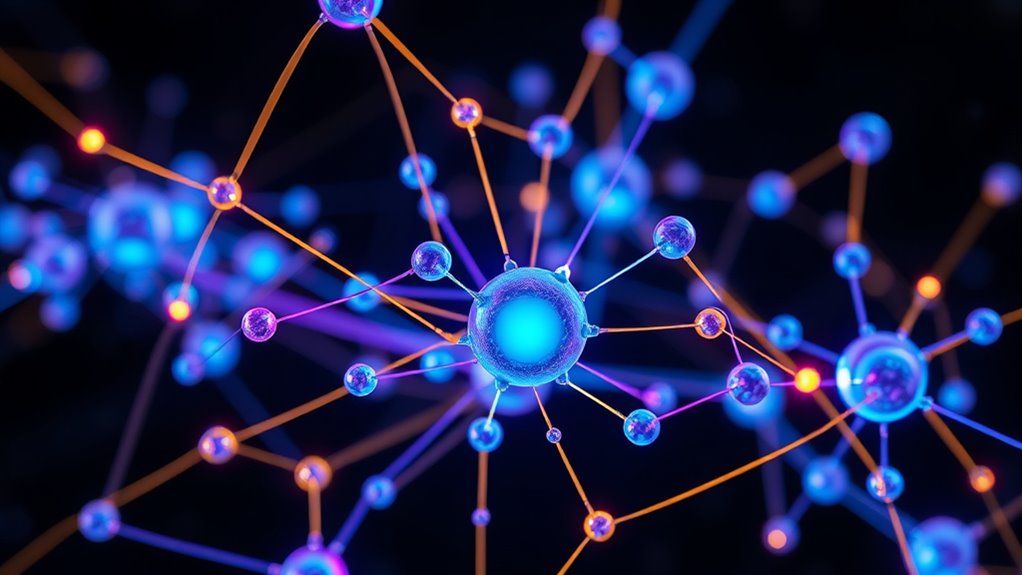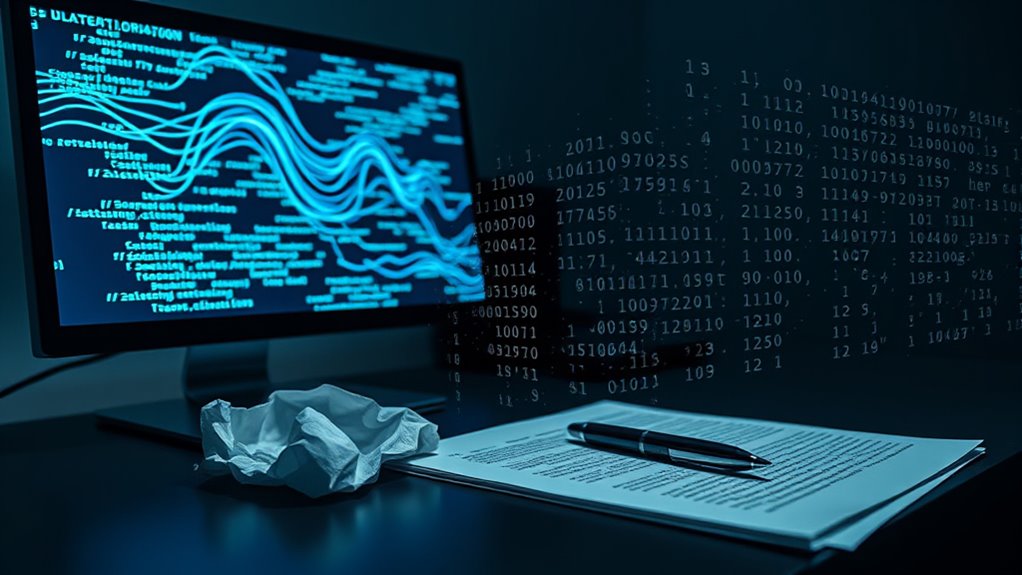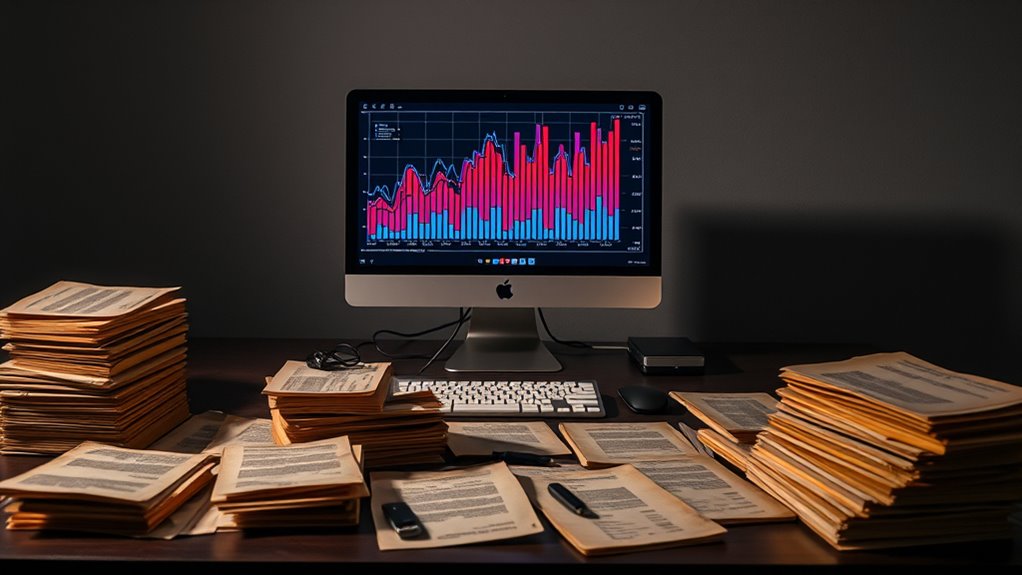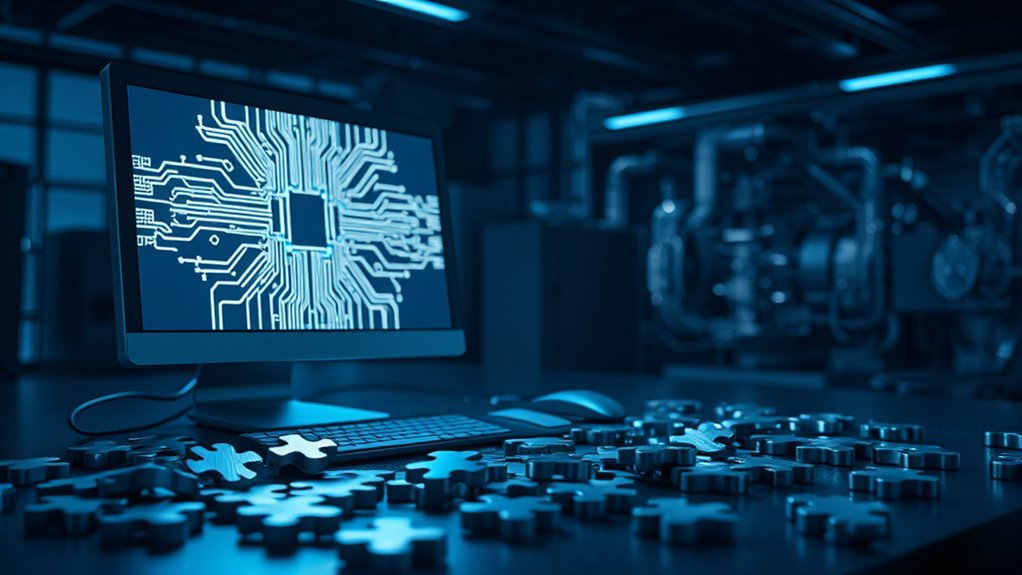A fascinating tool in the world of technology, neural networks are changing how machines learn and think. They’re a type of machine learning model that copies the way the human brain works. Imagine a computer trying to act like a brain, using layers of connected points called nodes or artificial neurons. These nodes work together in layers—an input layer to take in data, hidden layers to process it, and an output layer to give a final result. Each node decides if it should pass information along by using weights and thresholds. It’s like a puzzle where every piece helps solve the bigger picture.
These networks need lots of data to get better at their jobs. They train on huge sets of information, learning from mistakes and improving over time. It’s a bit like practicing a sport—the more you do it, the better you get. Neural networks can handle tricky, non-linear data and make sense of complex patterns. They keep tweaking themselves through many rounds of training to get the best results. Once trained, they can even figure out new things without being told exactly what to do. This training often involves a process called backpropagation which adjusts errors from output to input for better accuracy.
Neural networks thrive on vast data, learning from errors and mastering complex patterns through relentless training, much like perfecting a skill with practice.
There’re different kinds of neural networks out there. Some, like feedforward networks, move data in one direction from start to finish. Others, called recurrent networks, loop data back, which helps with things like understanding speech. They’re at the heart of deep learning, a powerful area of tech that uses many layers to solve tough problems. Whether it’s artificial neural networks or simulated ones, they all aim to mimic how real neurons work in a brain. Deep neural networks, with multiple hidden layers, dive even deeper into complex data to uncover intricate insights.
You’ll find neural networks in cool everyday stuff. They help computers recognize voices, spot faces in photos, or even summarize long documents. They’re also behind tools that predict trends or understand human language. By processing info super fast, they make decisions with little human help. Their ability to identify complex patterns enables tasks like image recognition and language processing, pushing the boundaries of what machines can achieve.
It’s amazing to see how these systems turn raw data into smart actions, shaping the future of technology with every bit of info they learn. Their ability to adapt and grow keeps pushing machines closer to thinking like us.









